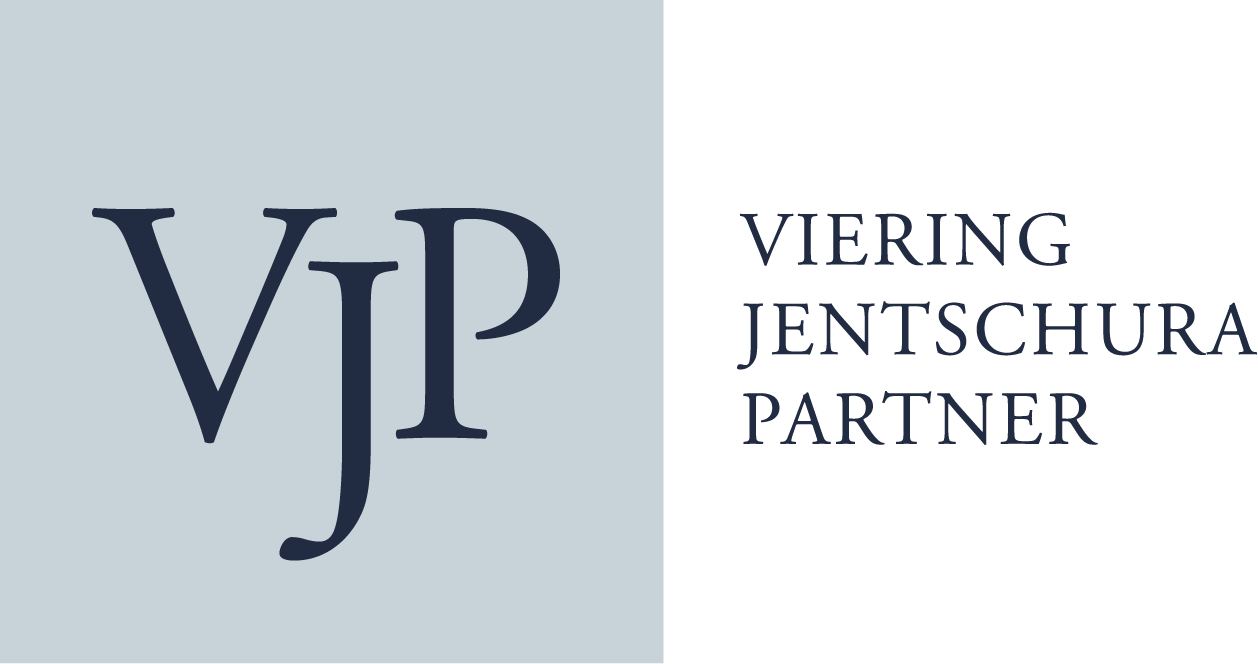|
Intellectual Property News
Singapore
15 January 2025
COSTLY CONFUSION: HOW UNCLASSIFIED COSTS SHIFTED THE DAMAGES EQUATION
Singapore Patent Case law: TOWA Corp v ASMPT Singapore Pte Ltd and another appeal [2024] SGCA 52
The Court of Appeal reaffirmed the importance of accurate costs allocation in assessing damages for patent infringement, dismissing TOWA Corporation’s (“TOWA”) appeal for higher damages while partially allowing ASMPT Singapore Pte Ltd’s (“ASMPT”) appeal for reductions.
This case arose from cross-appeals regarding the assessment of damages following ASMPT’s infringement of TOWA’s Singapore patent for its “YPS” auto mould machines. The High Court had earlier ruled on damages, and both parties sought to challenge various aspects of the decision.
TOWA, in CA/CA 25/2024 (“CA 25”), sought higher damages, arguing that the High Court’s findings had unfairly limited its recovery. However, the Court of Appeal dismissed TOWA’s appeal entirely, holding that its own pleadings, which had focused exclusively on its YPS machines instead of other products (e.g., YPM machines), undermined many of its claims. The Court found the High Court’s reasoning sound and upheld its conclusions on all issues raised in CA 25.
ASMPT, in CA/CA 26/2024 (“CA 26”), sought to reduce damages, focusing on the treatment of certain "general additional costs of sales". These costs, described by ASMPT’s expert as unclassified expenses arising from TOWA’s machine sales, included “unclassified development costs”, “unclassified disposal costs”, and “unclassified valuation loss” (collectively, the “Contested Unclassified Costs”). The High Court had excluded these costs when calculating TOWA’s loss of profits, finding them insufficiently attributable to the YPS machines.
The Court of Appeal disagreed, holding that the High Court erred in failing to proportionally allocate the Contested Unclassified Costs to the YPS machines. It reasoned that such unclassified costs, by their nature, applied to TOWA’s entire product range, including the YPS machines, and were likely to increase with higher sales of these machines. As a result, the Court partially allowed ASMPT’s appeal, adjusting the damages award accordingly.
ASMPT also contested the timeline for pre-judgment interest, arguing that it should run from the date of TOWA’s election of remedy (8 August 2018) rather than the date of the writ (19 April 2013) and should cease 14 days after its more favourable offer to settle (25 March 2021). The Court of Appeal affirmed the High Court’s discretionary power to determine pre-judgment interest, rejecting ASMPT’s arguments.
In summary, the Court of Appeal allowed ASMPT’s appeal (CA 26) in part and dismissed TOWA’s appeal (CA 25).
This decision illustrates the critical role of comprehensive pleadings and accurate cost attribution in patent infringement cases. Patent owners should ensure that all relevant costs—especially those not directly linked to the infringing product—are carefully documented and proportionally allocated to avoid disputes and maximize potential damages recovery.
ENHANCING PATENT FILING EFFICIENCY FOR SINGAPORE & INDONESIA
The Intellectual Property Office of Singapore (IPOS), together with the Directorate General of Intellectual Property, Indonesia (DGIP), have established and commenced a new Collaborative Search & Examination (CS&E) pilot program, for patent applications filed in Singapore or Indonesia. The CS&E pilot program will run from 2 January 2025 to 1 January 2027.
Under the CS&E program, for a patent application that is filed at either IPOS or DGIP (i.e. the “1st Office”) and where the CS&E program is elected, the 1st Office will issue a Final Collaborative Search & Examination report within approximately 10 months from the filing date and request for the CS&E. The Final Collaborative Search & Examination report will be the result of a collaborative search and evaluation process conducted by both IPOS and DGIP. After the Final Collaborative Search & Examination report is issued by the 1st Office, the applicant has the advantage of said report in reaching a decision whether to file a patent application at the other office (i.e. the “2nd Office”)*. If such application is made, search and examination will be prioritized at the 2nd Office.
It is recommended that parties seeking patent rights in both Singapore and Indonesia opt for the CS&E program, if eligible, since there are no additional official fees involved. This would enable them to also receive a report from the 2nd Office at no extra cost, allowing them to make an informed decision before incurring any translation and official costs relating to making a patent application at the 2nd Office.
The CS&E program for IPOS and DGIP has a limit of 10 cases per year, which is shared by both IPOS and DGIP. Additionally, there is a limit of a case per month, and any unused slots will be carried over to the following month, subject to a maximum of 2 cases per month.
To qualify for the CS&E program, there are certain criteria that must be met. Notably, in order to be eligible, the number of claims in the patent application must be 20 or less, with no more than 3 independent claims.
Details on the CS&E program may be found on the IPOS website^.
^under the header: “Collaborative Search and Examination with Indonesia and Viet Nam”
*within 12 months of the filing date of the first application, under the Paris Convention
INTELLECTUAL PROPERTY OFFICE OF SINGAPORE WELCOMES NEW CHIEF EXECUTIVE
The Intellectual Property Office of Singapore (IPOS) is pleased to announce the appointment of Mr. Tan Kong Hwee as its new Chief Executive, effective 1 March 2025. Mr. Tan will succeed Mrs. Rena Lee, who will take on a full-time role at the Ministry of Foreign Affairs as Singapore’s Ambassador for International Law.
Mr. Tan brings with him a wealth of experience and expertise. Currently serving as the Executive Vice President of the Economic Development Board (EDB), he oversees the Global Enterprises and Marketing Group, where he has played a pivotal role in fostering business growth and elevating Singapore’s position as a leading global business hub. His deep understanding of economic development and strategic leadership will further strengthen Singapore’s position in the global intellectual property (IP) landscape
This leadership transition marks an exciting new chapter for IPOS. Under Mr. Tan’s guidance, we look forward to advancing innovative IP policies and initiatives that will enhance Singapore’s IP ecosystem and drive greater value for businesses and creators alike.
We extend our heartfelt gratitude to Mrs. Rena Lee for her invaluable contributions to IPOS during her tenure as Chief Executive and wish her every success in her new role.
This news is circulated for your information only. It should not be taken as a statement of law and should not be used without legal advice. For further information, please contact:-

Adam Bogsch
E: abogsch@vjp.com.sg

Audrey Goh
E: agoh@vjp.com.sg

Gerald Koh
E: gk@vjp.com.sg

Zheng Pei
E: zhengpei@vjp.com.sg
|





